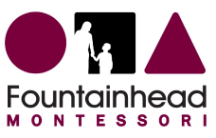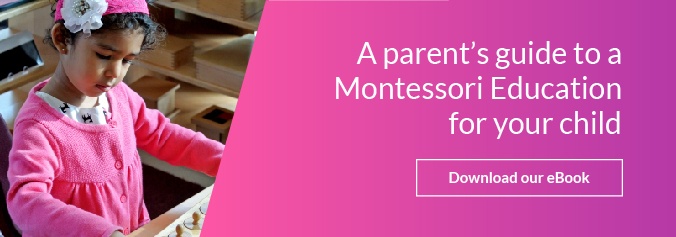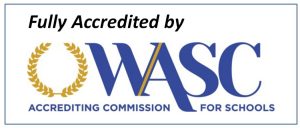Private education and public education are different in several ways. You will need to spend some time researching and exploring the options to determine which one is best for your child. When you dive into the two options, you will also find that each private program is unique in how it is designed and what it has to offer. There are, however, a few top differences that exist between private education and public education no matter what specific program you choose. These top differences include class size, educational philosophy, and bureaucratic structure.
Class size
A top difference between private and public education across the board is class size. Private programs have smaller classes than the typical public classroom size. The number of students in the classroom has a big impact on the educational experience of the individual. For example, in a large public classroom, the teacher has to work diligently to make sure that the students remain under control. Noise can quickly rise to an unacceptable level if students start talking in this setting. Order is easier to maintain in a setting with a smaller teacher to student ratio. The size of the classroom also impacts how much access students will have to the teacher. In a small private school setting, teachers can create individualized learning plans for each student. This individualized plan is not possible in a large public school setting because there is not enough time during class to learn the individualized needs of each student. Class size impacts several elements of student learning and experience which makes it one of the top differences to consider between private and public education.
Educational philosophy
The state dictates the educational philosophy of public education programs. One of the goals of public education is to provide every student with the same educational opportunities. The state implements standards that all teachers follow and measure standards across different school districts. The students are then tested at different points to ensure that they are learning the concepts the state has deemed essential. This design works if your educational philosophy lines up with that of the state. Private schools do not have to follow the educational philosophy of the state. They have the freedom to design their programs differently. If you have an educational philosophy that does not align with the state, you can likely find a private program that lines up more closely with your beliefs about education. Differences in educational philosophy are one of the top reasons that parents consider private education over public.
Bureaucratic structure
Public school programs are not known for their flexibility. Change is slow and difficult because of the bureaucratic structure of public schools. Any variance to the status quo has to be approved at several levels before a change can occur in the classroom. Private school programs are designed to be more flexible and can change quickly based on the needs of the students. This difference in structure can significantly impact the unique opportunities that students are exposed to through their education.
The top differences between a private education and public will influence your child’s experience in the classroom and beyond. You can continue exploring the differences between the two with resources from the Fountainhead Montessori Parent Library and blog.












Let us know what you think about this post
Put your Comment Below: